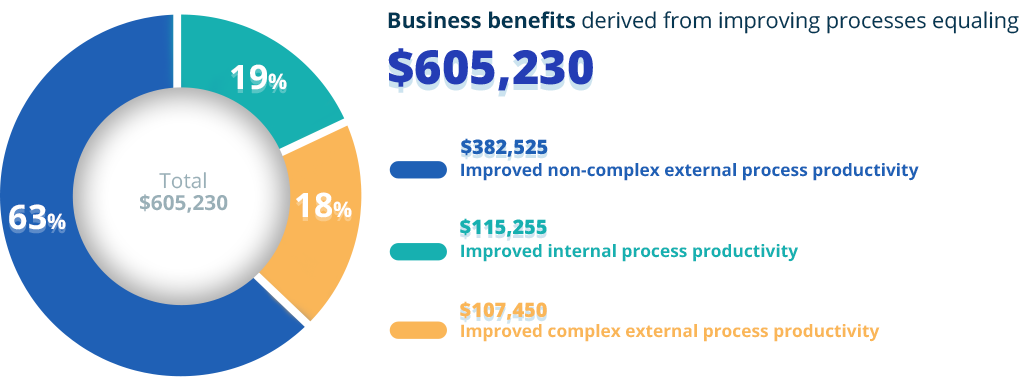What’s in it for the CIO & the IT department?
Business strategy and IT are inextricably linked. As Deloitte’s 2018 Global CIO Survey showed, the role of the Chief Information Officer is expanding beyond that of a technology champion, and a trusted operator who “keeps the lights on and the trains running.” Today, the CIO needs to become a change instigator and a strategic partner who helps shape the business.
A look at job listing for CIOs will show that virtually every single one of them includes “identifying and proposing areas to benefit from information technology”, or “developing and executing digital transformation strategy”. Which yet again makes it essential to consider what digital transformation is and how to make it happen successfully.
Let’s take a look at digital transformation as a process of using technology to reshape business. Digitalizing processes with dedicated applications that enable task and workflow automation is, in some cases, the front and center of it. In some organizations, so called business applications are the most effective and efficient way to execute the change that technology brings to processes.
The benefits of process automation to the overall organization are well-documented, thanks to numerous reports, studies like The Total Economic Impact™, and real-life customer testimonials. But pursuing automation projectsis also very directly beneficial for the CIO, too:
1. Gaining allies in business users
Some business process automation projects come from the top, as another element of the organization’s global strategy, but the vast majority of them are bottom-up initiatives. Business users often need help with automating repetitive, time-consuming tasks, or improving the processes that are by far managed by emails and Excel spreadsheets, or getting rid of paper documents clutter (out of their desks).
While there is a “citizen development” movement under way, even its best-behaved/most-successful/highest-payoff incarnations fall far short of the scope of total requests. Very few citizens are able to, let alone want to, become citizen developers. IT cannot be bypassed. But it can be enhanced, improved, and augmented.
Those projects are usually relatively narrow scoped and easy to deliver, and business users are highly motivated to participate in the application development process, especially when it’s clear that their input will be listened to and acted on. A steady progression of short-term successes create currency that will be necessary during long-term projects like CRM or ERP implementation, when business user support is both critical and not something to be taken for granted.

















